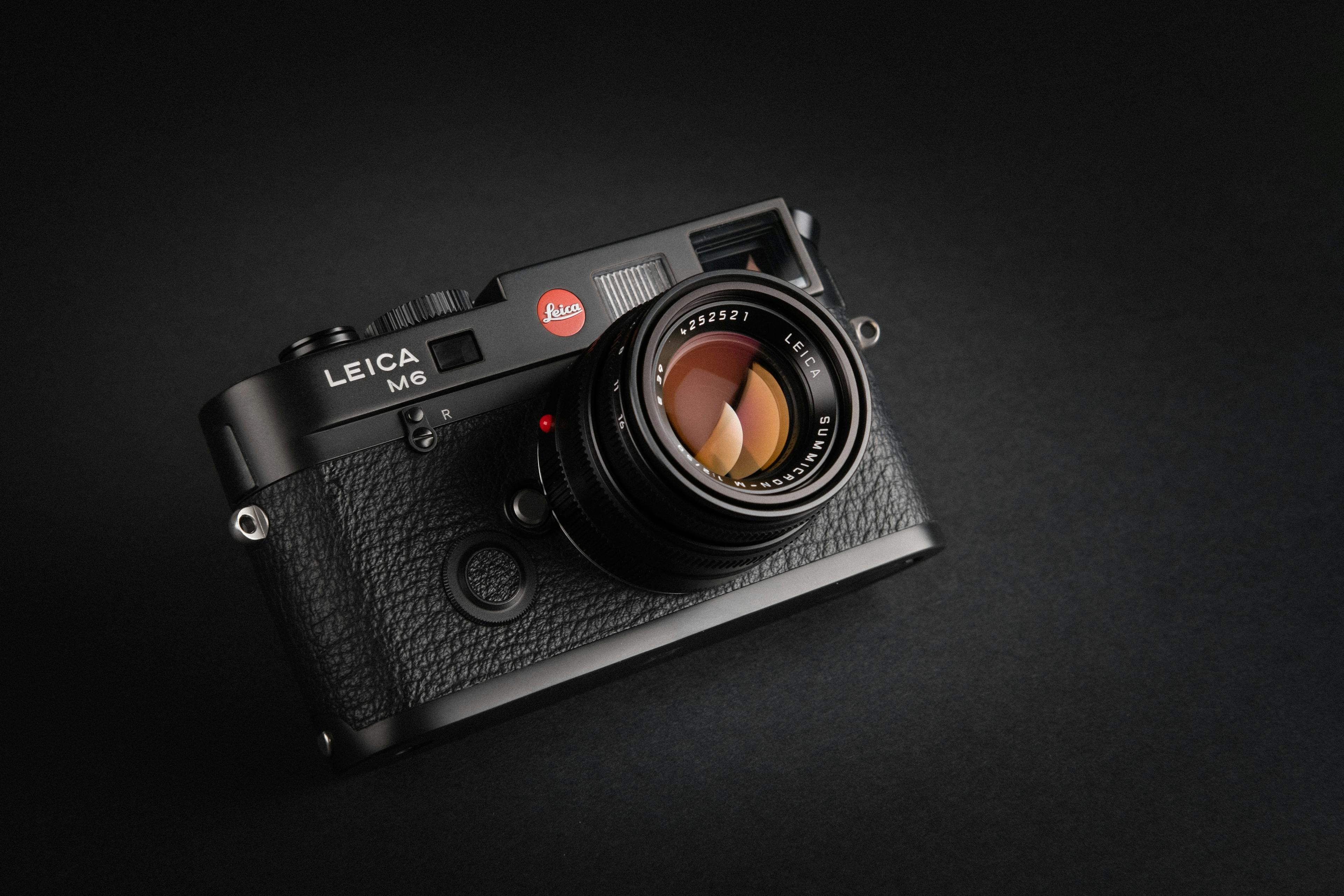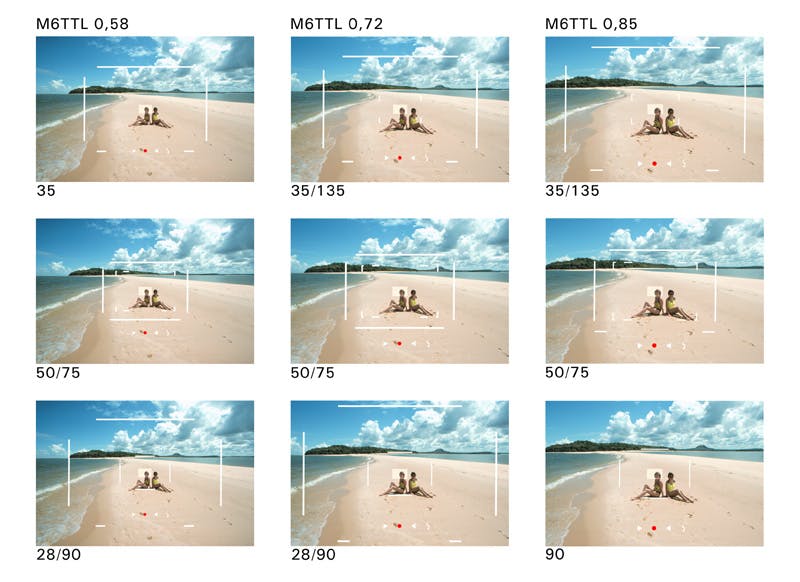My thoughts after two years of shooting with the M6 TTL.

The Leica M6 is one of the most famous rangefinder cameras ever. The legendary Leica M6 almost needs no introduction.
The first thing you notice when you pick it up is the weight. The M6 comes in at 585g, which is about 100g more than your typical modern mirrorless system and it's immediately noticeable. The weight imparts a strong sense of quality.
Handling
The handling of the camera can be best described as 'slightly awkward'. The same weight that imparts that sense of quality also makes it a bit uncomfortable to hold - unlike modern camera systems, there are no ergonomic handgrips. The body is just one solid brick. On the other hand the shutter advance acts as a "thumbs-up" grip which helps quite a bit to keep the camera comfortably in your hand. When combined with a wrist strap or a neckstrap wrapped around your wrist, the camera is surprisingly comfortable to hold and shoot with for an extended period of time.
The awkwardness continues with the mechanism for loading film. Most other 35mm film cameras - whether they are SLRs or rangefinders - are typically loaded by opening up the back half of the body. You put your roll into the slot, slide the film into the take-up spool, and close the back. Not so with the M6.
Here you have to remove the bottom plate entirely before you can load film, making the whole process of a bit of a hassle as you now have to hold onto the bottom plate while you're trying to load the film into the body. You'll want to be sitting down for the first few times you try this.
TTL vs M6
The handling of the TTL variant is much improved over the original M6 in a few key ways. Firstly, the shutter speed dial is larger and runs up against the front of the body - this means you can comfortably adjust the shutter speed with one index finger instead of having to use two fingers.
The direction of the shutter speed dial also corresponds to the meter indicators inside the viewfinder such that when you see the > LED for underexposure, turning the shutter speed dial in the direction indicated by the LED will lead to the correct exposure and vice versa.
Viewfinder
The viewfinder is very large, the framelines are sparse and unobtrusive, and the rangefinder patch is very bright and easy to use in most situations, especially when compared to some of the more inexpensive rangefinders I've shot with (Minolta Hi-Matic, Canonet QL17, Olympus XA).
Flaring can be an issue with the viewfinder - when the sun is 45 degrees off the front of the camera, you can sometimes encounter strong flaring which makes the framelines & rangefinder patch disappear. This can be fixed by moving your angle slightly, or for opting for a MP finder upgrade ($400). I've only encountered this a few times and while annoying it can be worked around.

Viewfinder magnification is a rarely mentioned but important aspect to consider when deciding on a Leica rangefinder. The Leica M6 comes in either 0.58, 0.72, or 0.85 magnification variants. Mine is a 0.72, and for people who wear glasses (like myself) it's difficult to see the entirety of the 35mm framelines in the viewfinder. On the flipside, with the 0.58 variant it's difficult to frame with 50mm or longer lenses as the framelines get too small to be accurate. Ultimately the choice comes down to which focal length you typically shoot with, and for me the 0.72 works well as I typically pair a 50mm on the M6 with a Ricoh GRIII to cover both wide and "normal" focal lengths.
Shutter
There's no mirror moving around so you can confidently shoot at 1/15 with a 50mm lens. The sound of the shutter is just sublime.
Meter
The M6 has a built-in light meter, but it's not required to shoot with. The meter is center-weighted, and exists only as the cherry on top. Unlike the later M7 you'll still be able too shoot fine at all shutter speeds even if the battery or even the meter itself dies. Longevity is important in an older camera like this - as time goes on it becomes harder to find replacement parts for fixing these things, so to have a purely mechanical camera that can be operated without electronics is key to being able to shoot with the camera for the rest of your life.
Final thoughts
At the end of the day, there's nothing quite like shooting with a Leica rangefinder. These are purposeful, minimalist machines meant to do one thing and do it well, and it's just so much fun to shoot with one. Despite all my earlier complaints about various aspects of the camera, it's still the camera that inspires me to go out and shoot the most.
There is no autofocus here, no exposure compensation, no aperture or shutter priority. Everything is manual - it's just up to your skill as a photographer to make the image.
For those that are tired of the gear upgrade treadmill and the race to higher megapixels & faster autofocus speeds, the Leica M6 is a breath of fresh air that will remind you of why you started shooting photos in the first place. Although the price of entry is steep ($2000 for body only, and lenses aren't cheap), this is one camera that I expect to shoot with for the rest of my life.